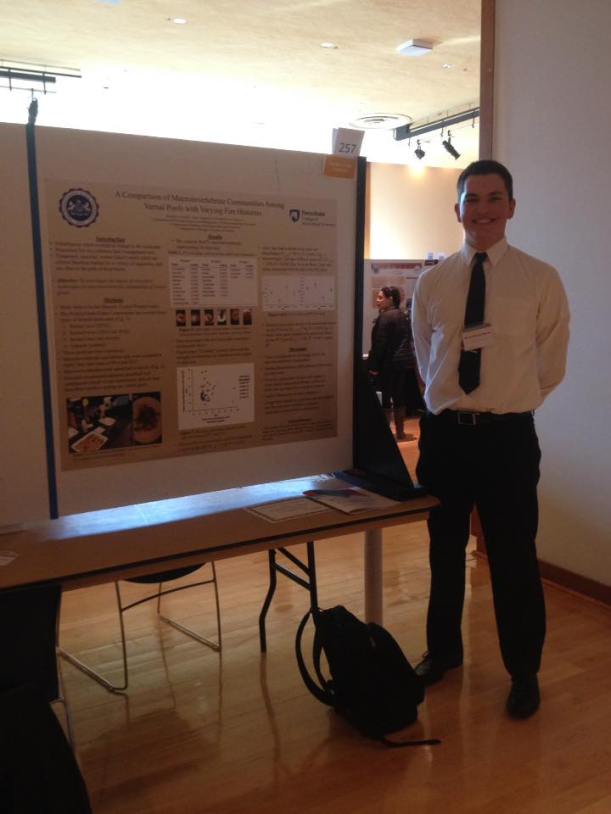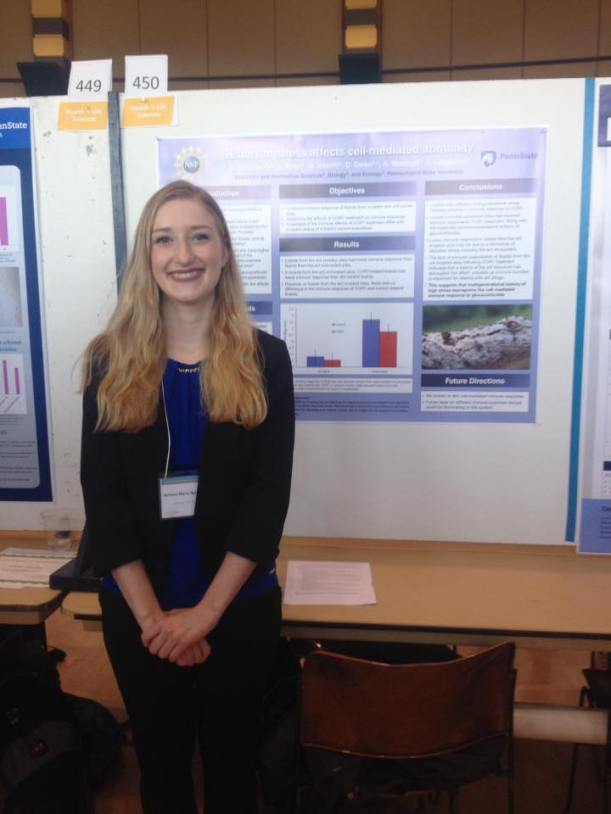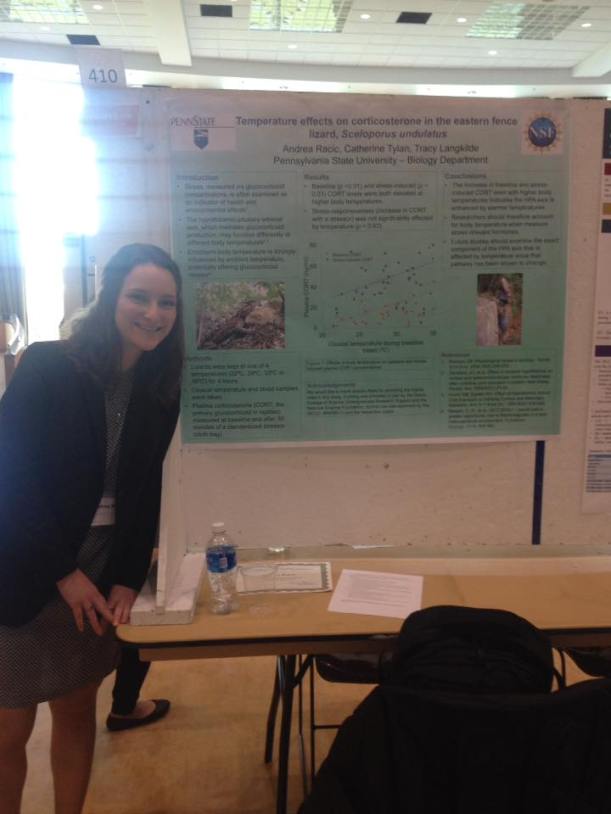Another new paper from Dustin In Herpetological Review! Summary below.

Obtaining adequate blood samples is vital for most studies involving immunology or physiology. Anurans (frogs and toads) present a particular challenge for obtaining adequate samples, largely because of their relatively small size compared to other vertebrates.
Here, we propose a new method for obtaining large amounts of blood from the ventral abdominal vein of euthanized frogs, which we call the lethal abdominal vein of anurans (LAVA) technique.
We tested this method on the locally common Wood Frog (Lithobates sylvaticus – pictured above). Using the LAVA technique, we were able to collect blood from 100% of frogs. Each frog yielded an average of 0.09 mL (range: 0.03 to 0.17 mL) of blood, which contained an average of 40 µL (range: 15 to 100 µL) of plasma.
We also found that neither size, ambient temperature, nor site affected our blood yields. We show that the LAVA technique is an easy-to-use method that yields high amounts of blood from anurans, and could be potentially viable in other small vertebrates.




